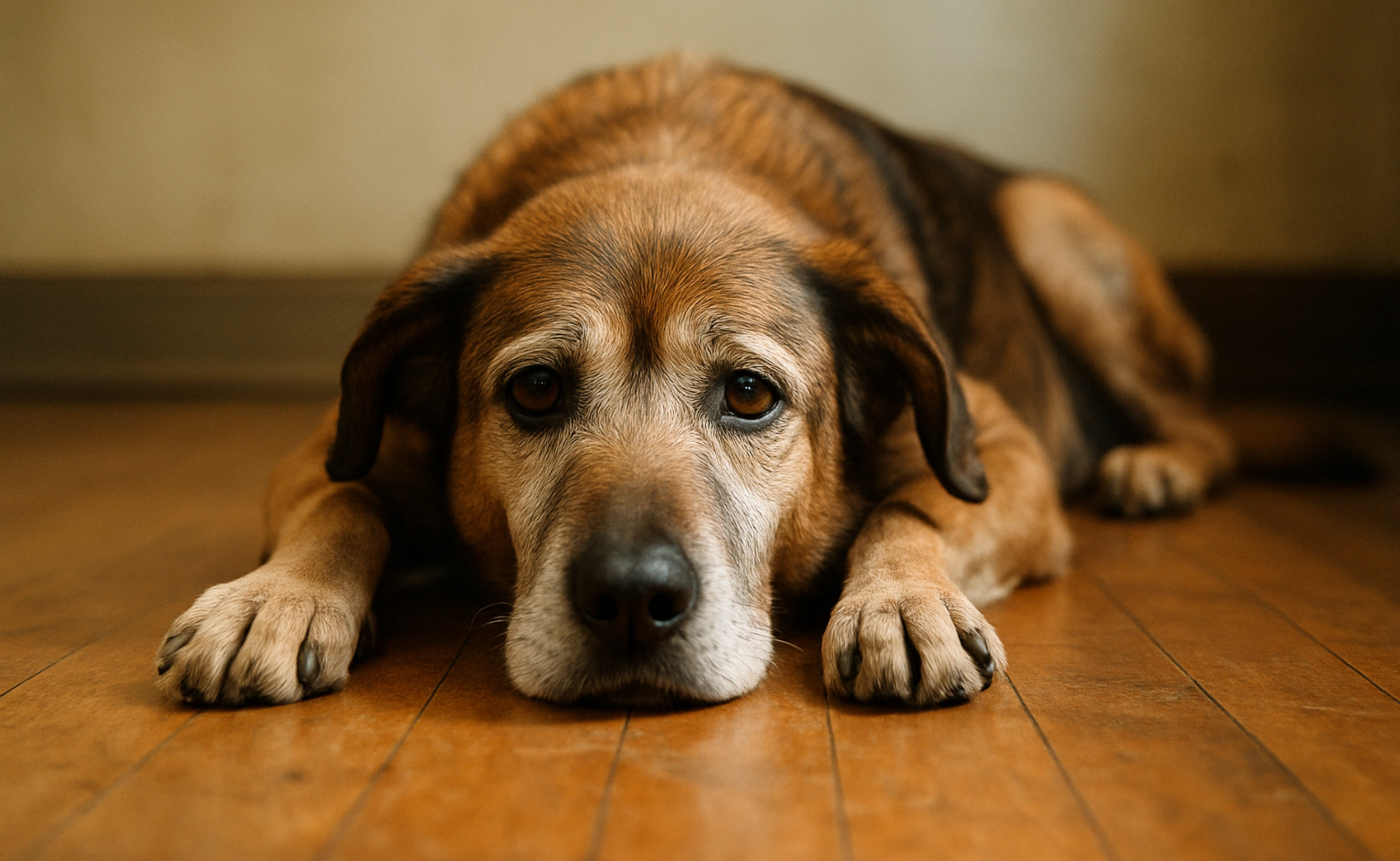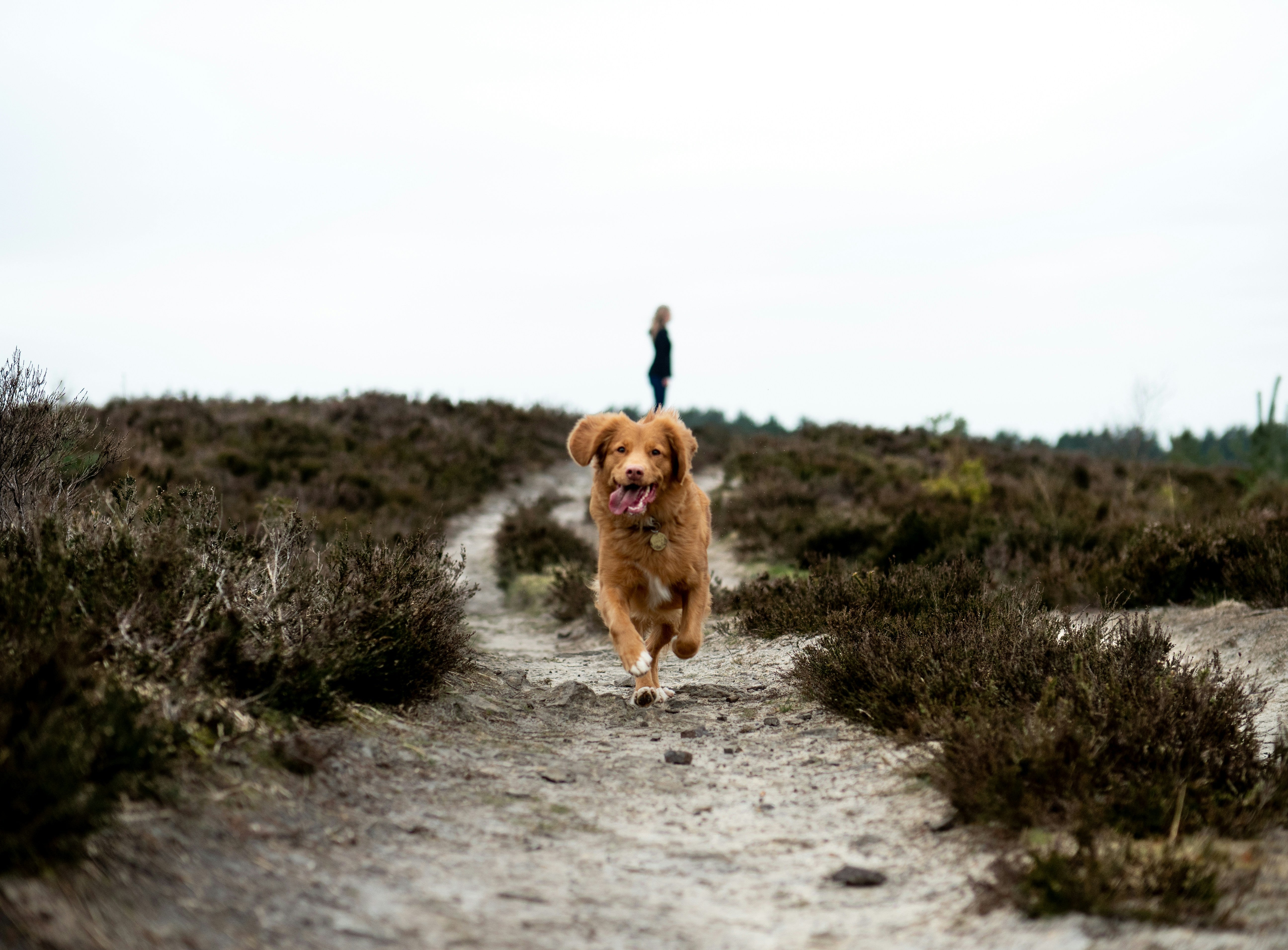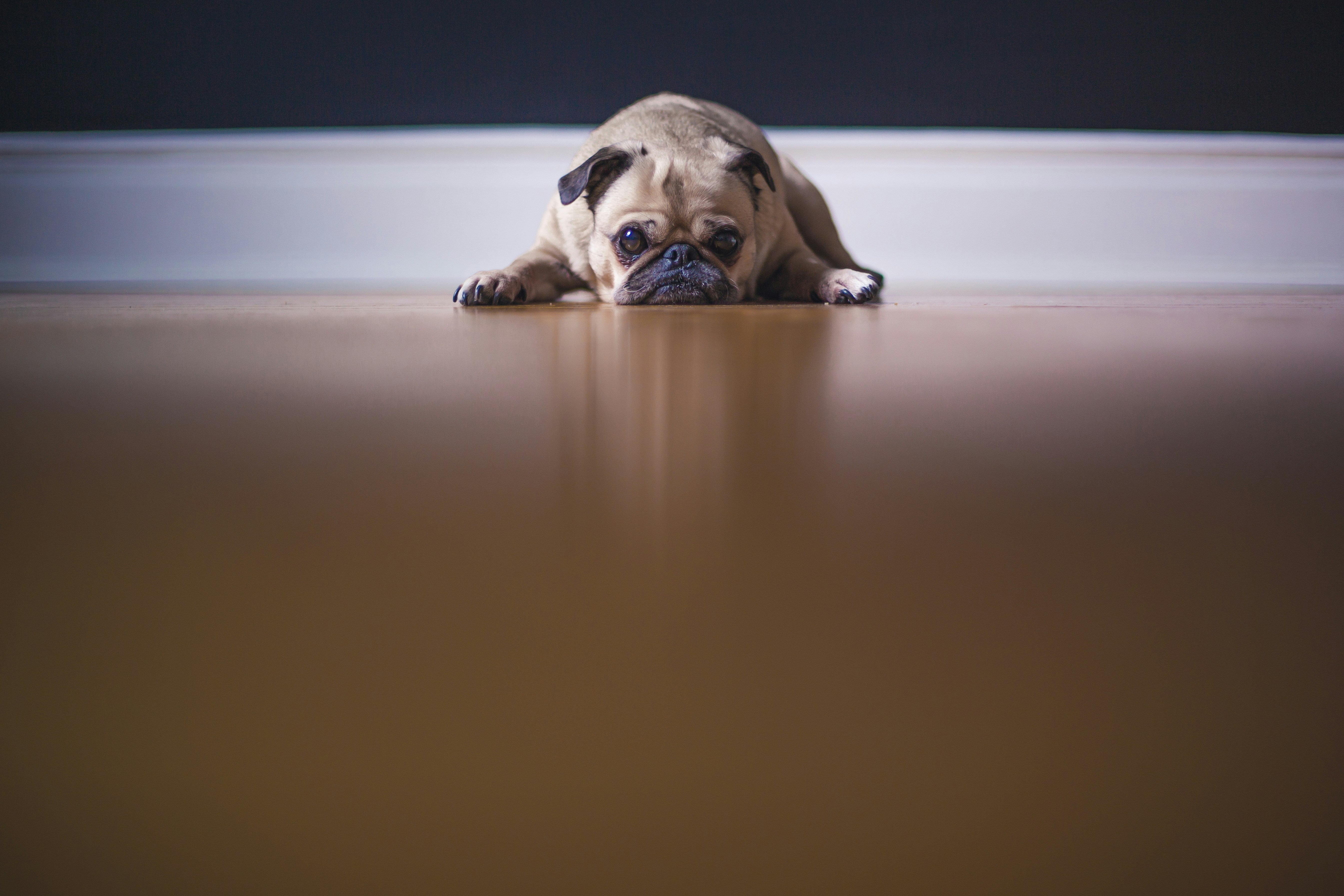
How Can I Stop My Dog From Chewing His Bed?
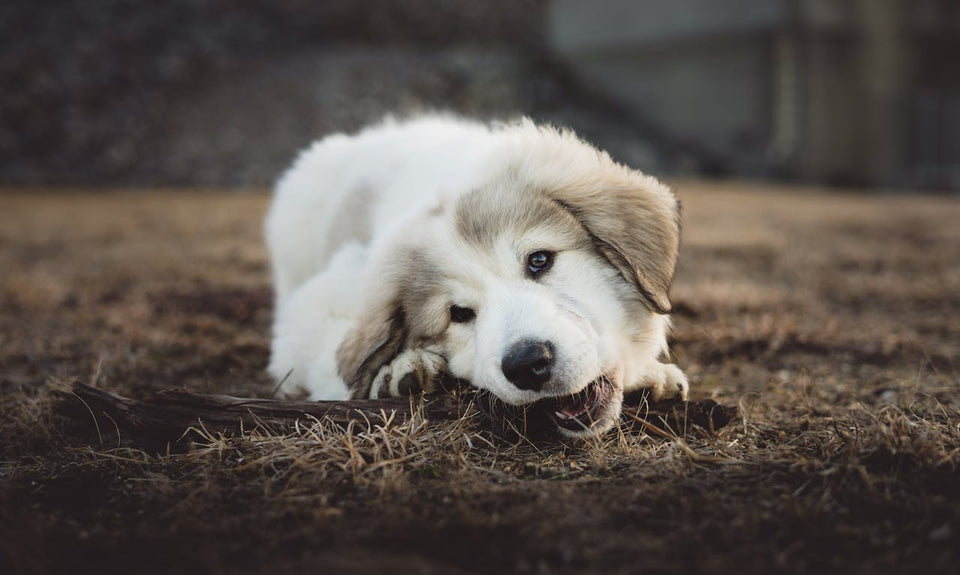
Chewing behavior in dogs, especially when it involves their bed, can be a common and frustrating issue for pet owners. Understanding the reasons behind this behavior and implementing effective strategies can help prevent further damage and ensure your dog's well-being. In this article, we will explore various approaches to address and stop your dog from chewing his bed.
Key Takeaways
- Identify the root cause of your dog's chewing behavior to effectively address the issue.
- Provide a safe and stimulating environment with appropriate chew toys and interactive puzzles.
- Use positive reinforcement and training techniques like the 'Leave It' command to redirect your dog's chewing behavior.
- Consult a veterinarian to rule out any underlying health concerns that may be causing the chewing behavior.
- Regularly check your dog's dental health and ensure they are receiving proper nutrition to prevent excessive chewing.
Understanding Your Dog's Chewing Behavior
Identifying the Root Cause
To tackle your dog's bed-chewing habit effectively, it's crucial to understand why they're doing it in the first place. Dogs chew for various reasons, and pinpointing the exact cause can be challenging but is essential for finding the right solution. Here are some common reasons:
- Teething discomfort in puppies
- Boredom or excess energy
- Anxiety or stress
- Habit or lack of training
Once you've considered these factors, observe your dog's behavior closely. Look for patterns such as the time of day the chewing occurs or situations that might trigger the behavior. This insight can be invaluable when developing a strategy to curb the unwanted chewing. Remember, a dog's environment and daily routine play significant roles in their behavior. For instance, a dog that chews out of boredom may benefit from more physical exercise or mental stimulation. If the chewing is due to anxiety, creating a more secure and comforting environment might be the key. In some cases, consulting a professional such as a veterinarian or a dog behaviorist can provide additional guidance, especially if the chewing is persistent or seems to stem from a deeper issue.
Recognizing Signs of Stress
Dogs often communicate their discomfort through body language and behavior changes. Recognizing signs of stress in your dog is crucial to addressing their chewing habits effectively. Look for indicators such as:
- Whining, barking, or growling
- Abnormal posture
- Increased heart rate and panting
- 'Whale eyes' where the whites of the eyes are visible
- Flattened ears or a tucked tail
These symptoms can suggest that your dog is feeling anxious or stressed, which may lead to destructive behaviors like chewing on their bed. Creating a calm and stable environment can help alleviate these stressors. Remember, if these signs persist, it's important to consult a professional to rule out any underlying issues.
You may also like: Why Does Your Dog Love Walking Between Your Legs?
Establishing a Routine
Creating a consistent routine is crucial for managing your dog's chewing behavior. Dogs thrive on predictability, which helps them feel secure and understand what is expected of them. Start by scheduling regular feeding times, walks, play sessions, and quiet times. This structure can significantly reduce anxiety-related chewing.
- Establish a daily schedule for activities and stick to it.
- Include designated times for play and relaxation to prevent boredom.
- Consistency is key; ensure everyone in the household follows the same routine.
Remember, while you're implementing these changes, patience is vital. It might take some time for your dog to adjust, but with perseverance, you'll likely see a positive shift in their behavior. For additional resources, you can refer to the PupRug™ and PupProtector™ products on our website, which provide detailed care instructions and package contents to help maintain a clean and inviting rest area for your dog.
Creating a Safe and Stimulating Environment
Providing Chew Toys
Offering your dog a variety of chew toys can be a game-changer in protecting your dog's bed from destruction. Chew toys not only keep your dog occupied but also satisfy their natural chewing instincts. However, it's crucial to choose the right toys to ensure safety and durability. Here's what you should consider:
- Look for toys made from non-toxic, durable materials that can withstand your dog's bite force.
- Avoid toys with small parts that could become choking hazards.
- Regularly inspect toys for signs of wear and tear, replacing them as necessary.
Remember, while chew toys are a great way to redirect your dog's bad habits, they are not a substitute for supervision. Always monitor your dog's playtime to prevent any accidents. Additionally, familiarize yourself with the care instructions for any dog bed accessories, such as the PupCloud™ Faux Fur Memory Foam Dog Bed and the PupProtector™ Waterproof Blanket, to maintain a clean and inviting rest area for your pet.
Using Interactive Puzzles
Interactive puzzles are not just toys; they are essential tools that can keep your dog mentally stimulated and engaged. By presenting your dog with puzzles, you're offering a challenge that can prevent boredom and destructive behaviors. These puzzles often require your dog to think and make an effort to obtain a reward, usually in the form of a treat or kibble.
- Start with simpler puzzles and gradually introduce more complex ones as your dog gets better at solving them.
- Ensure the puzzles are appropriate for your dog's size and strength to prevent any potential harm.
- Regularly rotate the puzzles to maintain your dog's interest and present new challenges.
Remember to praise your dog for successfully solving the puzzles, reinforcing the positive behavior.
After a stimulating puzzle session, provide your dog with a comfortable rest area. Products like the PupRug Runner Faux Fur Memory Foam Bed and the PupProtector Waterproof Blanket are machine washable and easy to maintain, ensuring your dog's space is always clean and inviting.
Engaging in Physical Exercise
Ensuring your dog gets ample physical exercise is crucial in curbing unwanted chewing behavior. A tired dog is a good dog, as the saying goes, and regular exercise can help expend the energy that might otherwise be directed towards destructive chewing. Start by integrating daily walks or runs, tailored to your dog's breed and energy level, into your routine.
Consider incorporating training games that are mentally stimulating but not physically overbearing. Remember, play should not be a physical competition. Gentle games like tugging can be beneficial, provided they are not too strenuous on your dog. It's important to keep these activities fun and non-aggressive to prevent any unwanted behavior.
After exercise, your dog will need a comfortable place to rest. Ensure their sleeping area is inviting and has the proper support, like a PupRug™ Faux Fur Orthopedic Bed, which offers a machine washable cover for easy maintenance. Pair it with a PupProtector™ Waterproof Blanket to safeguard against any accidents, ensuring a clean and pleasant rest area.
Training Techniques to Redirect Chewing Behavior
Positive Reinforcement
Positive reinforcement is a powerful tool in shaping your dog's behavior, especially when it comes to discouraging unwanted chewing. Reward your dog for good behavior with treats, praise, or playtime to reinforce the actions you want to see. This method not only encourages your dog to repeat these behaviors but also strengthens your bond.
- Start by observing your dog's behavior and identify moments when they are not chewing on inappropriate items.
- Immediately reward them with a treat or their favorite toy.
- Be consistent with your rewards to help your dog make the connection between good behavior and positive outcomes.
Remember, patience is key. It may take time for your dog to learn, but with consistent positive reinforcement, they will start to understand that chewing their bed is not rewarding. For more detailed guidance, consider resources like "Positive Reinforcement Strategies to Stop Puppy Play Biting," which offer a deeper dive into these techniques.
Teaching the 'Leave It' Command
Mastering the 'Leave It' command is a crucial step in redirecting your dog's chewing habits. Start by holding a treat in your closed hand and letting your dog sniff it. Once your dog stops sniffing and moves away, reward them with a different treat from your other hand. This teaches them that ignoring certain items can lead to a better reward.
- Begin with simple exercises, using less tempting items, and gradually move to more challenging scenarios.
- Consistently practice the command in various environments to ensure your dog understands it applies everywhere.
- Always use positive reinforcement, praising your dog enthusiastically when they obey the 'Leave It' command.
Remember, patience is key. Some dogs may pick up on this command quickly, while others may need more time. If your dog is struggling, consider revisiting the basics or consulting a professional trainer.
And don't forget to keep their bed clean and comfortable; a well-maintained bed is less likely to be destroyed. For instance, if you have a PupRug Junior bed, follow the care instructions carefully: machine wash the cover, sprinkle baking powder on the memory foam, and spot clean with a damp cloth. This will help keep the bed inviting and chew-free.
Supervising and Correcting Behavior
Keeping a watchful eye on your dog is crucial when addressing unwanted chewing. Supervise your dog closely and be ready to intervene if they start to gnaw on their bed. This proactive approach allows you to correct the behavior immediately, reinforcing what is acceptable and what is not.
- When you're too busy to supervise, consider using a leash or confining your dog to a safe area. This prevents them from accessing their bed and other non-chewable items.
- If you catch your dog in the act, offer a firm 'no' and replace the bed with an appropriate chew toy. Consistency is key; your dog will learn to associate the toy with chewing pleasure.
Remember, patience and persistence are essential. Over time, your dog will understand the boundaries and chew only on items that are meant for that purpose.
Addressing Health Concerns and Dietary Needs
Consulting a Veterinarian
If your dog's bed-chewing habit persists despite your best efforts, it's time to consult a veterinarian. There could be underlying health issues contributing to this behavior, and a professional can provide a thorough examination. Here are some steps to take when visiting the vet:
- Discuss your dog's overall behavior and any changes you've noticed.
- Bring up any specific incidents of bed-chewing and the context in which they occur.
- Ask about potential medical reasons for chewing, such as gastrointestinal discomfort or dental pain.
Remember, certain products like the PupRug™ Faux Fur Orthopedic Bed are designed with your dog's comfort in mind and come with care instructions to ensure longevity.
When discussing bedding options with your vet, mention any products you're considering and ask for their input on what would best suit your dog's needs. For instance, the PupProtector™ Waterproof Blanket might be recommended for dogs prone to accidents or excessive drooling.
Ensuring Proper Nutrition
A well-balanced diet is crucial for your dog's overall health and can significantly impact their chewing behavior. Ensure your dog's diet is rich in essential nutrients to promote a healthy mind and body, which can reduce the urge to chew out of nutritional deficiencies or hunger.
- Include a variety of proteins, carbohydrates, fats, vitamins, and minerals in their meals.
- Consult with your veterinarian to determine the right balance for your dog's age, breed, and activity level.
- Consider incorporating foods that promote dental health, which can also satisfy the need to chew.
Remember, a dog with a vigorous immune system is less likely to develop stress-related behaviors, including inappropriate chewing. Regularly review and adjust your dog's diet to ensure they are getting the proper nutrition they need to thrive.
Checking for Dental Issues
Once you've ensured that your dog's nutritional needs are met, it's crucial to check for any dental issues that might be contributing to their bed-chewing habit. Dental discomfort can lead dogs to chew on soft materials to relieve pain or discomfort.
- Schedule regular check-ups with your veterinarian to monitor your dog's dental health.
- Look out for signs of dental problems such as bad breath, difficulty eating, or red and swollen gums.
- Provide dental chews and toys that can help maintain oral hygiene and keep your dog's teeth clean.
Remember, a dog with healthy teeth is less likely to seek out inappropriate items to chew on. Addressing dental concerns promptly can prevent more serious health issues and help curb destructive chewing behaviors.
Bottom Line
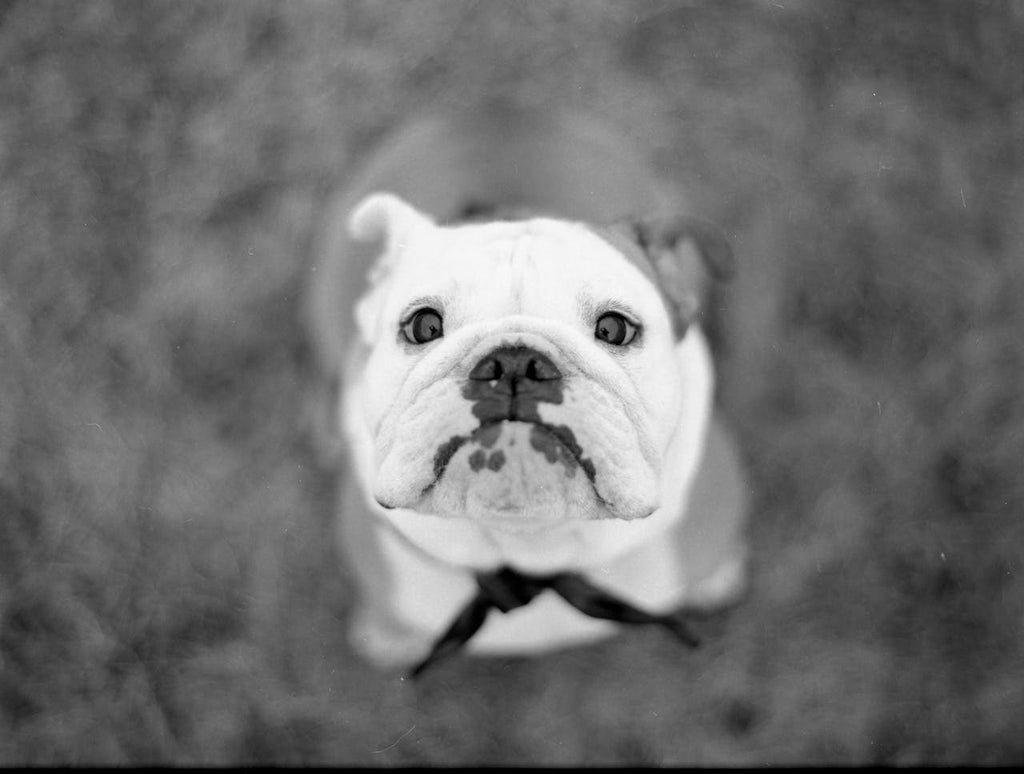
In conclusion, addressing your dog's chewing behavior requires a combination of training, providing appropriate chew toys, and understanding the underlying reasons for the behavior. By implementing consistent training techniques, offering engaging toys, and seeking professional guidance if needed, you can effectively prevent your dog from chewing his bed and promote a healthier and happier relationship with your furry companion.
Share this article
written by
